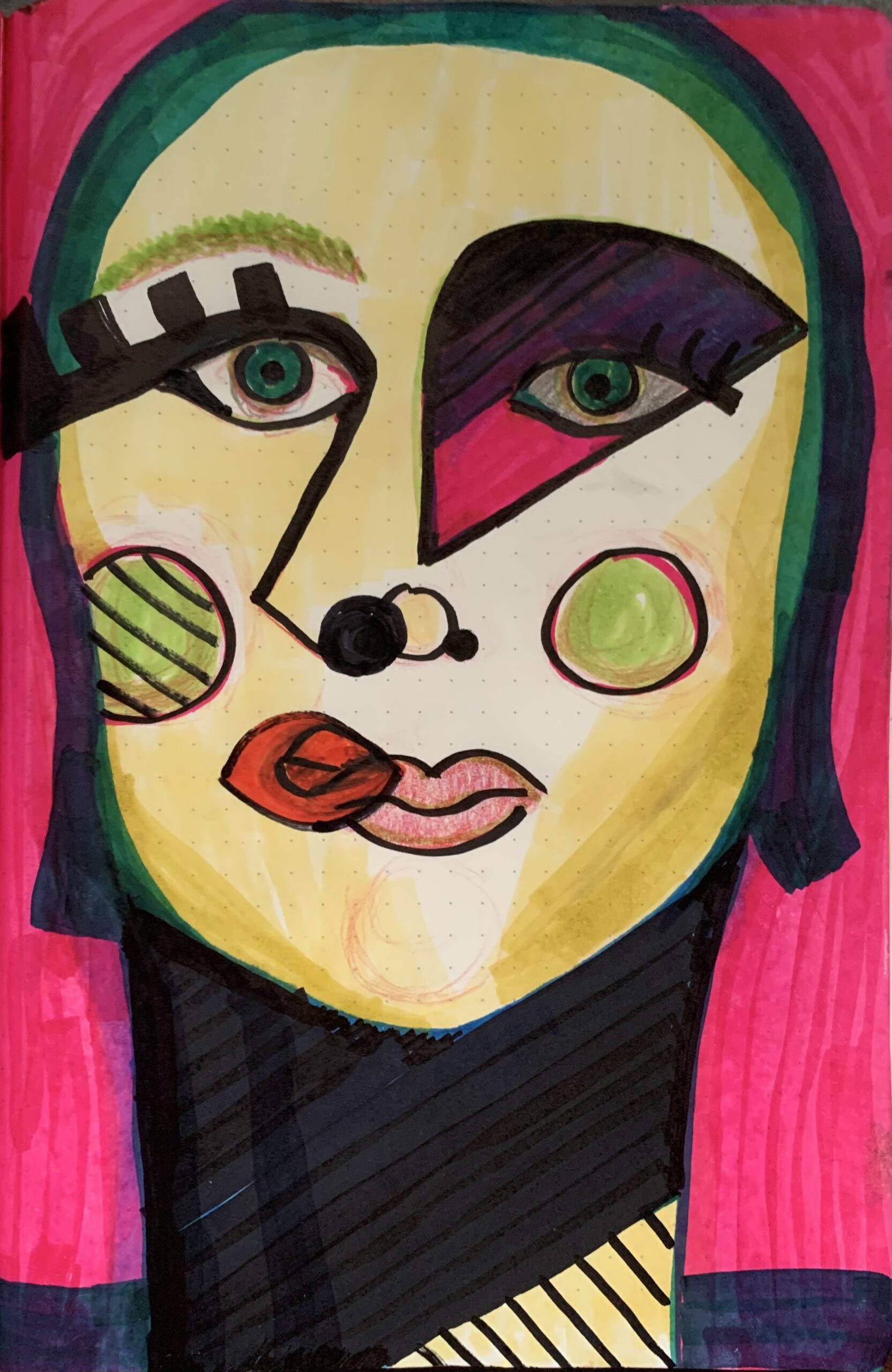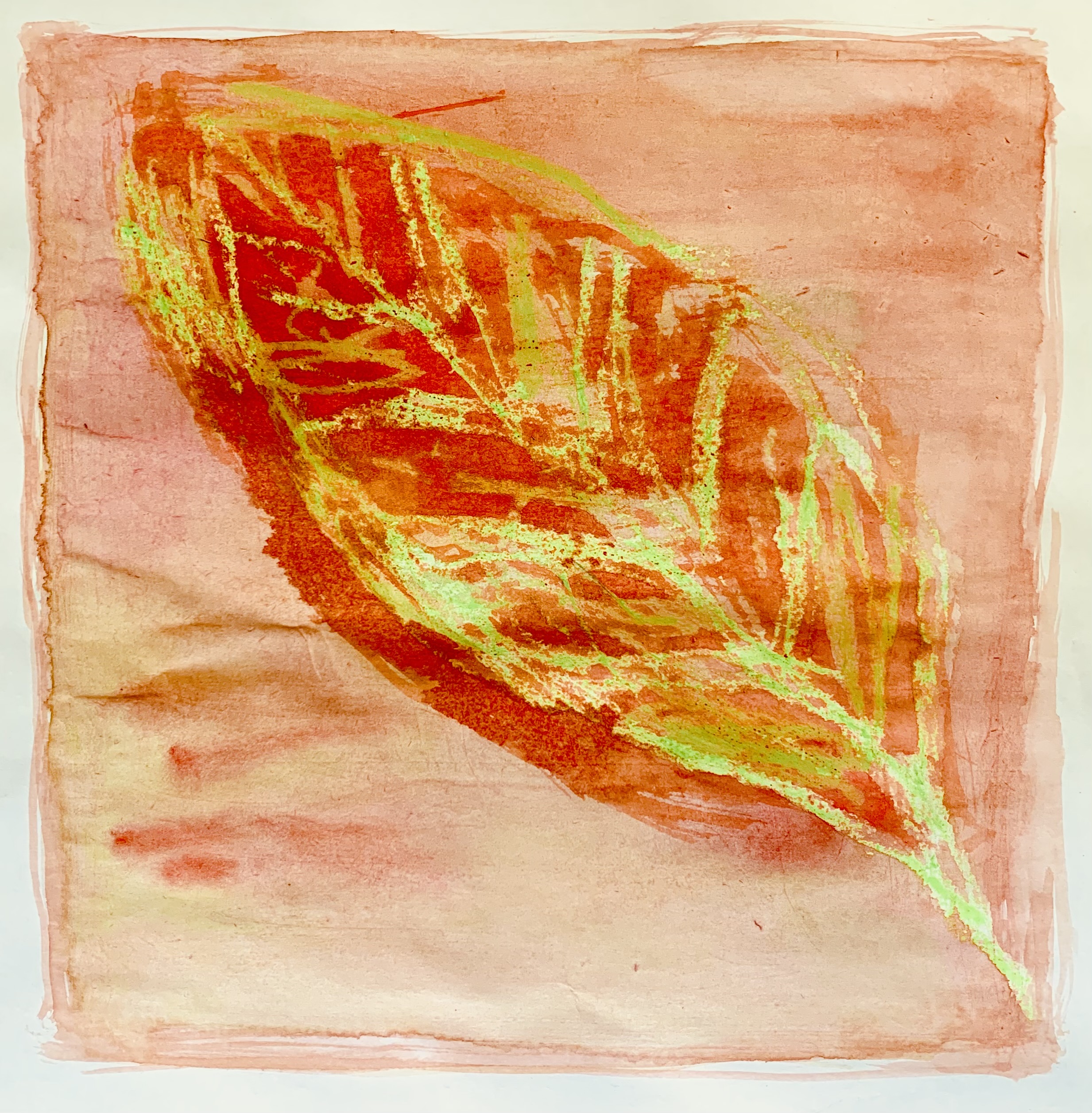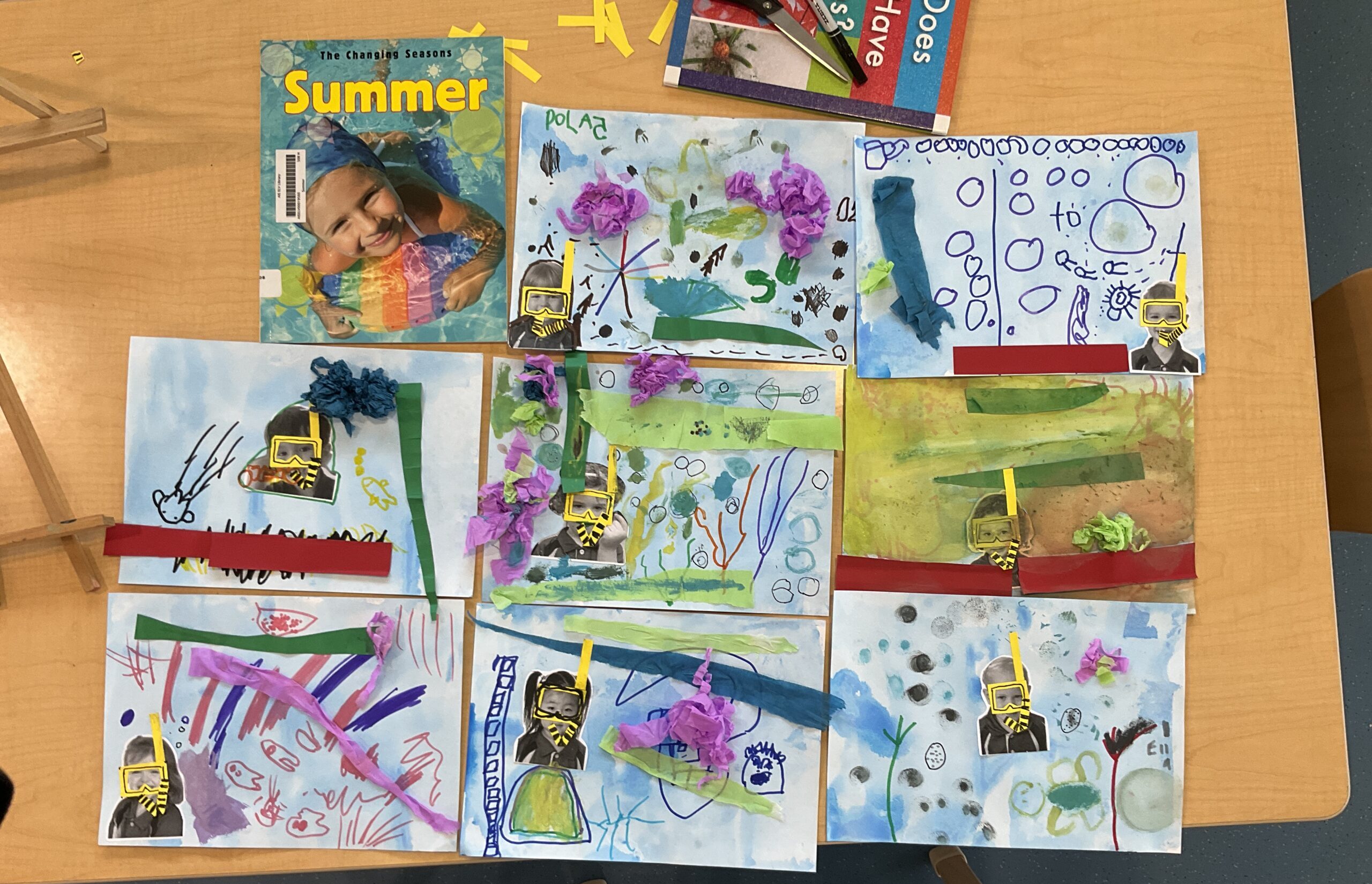Statement of Inquiry:
The use of blue and white ceramics, particularly through the historical trade of cobalt, reveals how cultural exchange shapes art, design, and global commerce.
Key Concept:
Culture – The exploration of how global trade and artistic traditions influence the creation and appreciation of blue and white ceramics.
Related Concept:
Innovation – How the technique of cobalt decoration on ceramics was developed and spread across various cultures due to trade and technological advancements.
Global Context:
Globalization and Sustainability – Investigating the movement of materials (like cobalt) across the world and how cultural practices related to ceramics have impacted global trade, artistic traditions, and commerce over time.
Brief:
Project/Activity: Students will design and create their own blue and white ceramic-inspired pieces using drawing, painting, or simple ceramic techniques. They will research the history of blue and white porcelain and cobalt trade, focusing on China, the Middle East, and Europe, and explore how cobalt became a valuable commodity. After researching the history and patterns, students will create their own piece inspired by the iconic designs, reflecting both historical and personal interpretations of the art.
Inspiration:
- Museums:
- The British Museum (London) – The Museum’s collection includes Chinese porcelain, exploring how it spread across Europe and the Middle East.
- The Metropolitan Museum of Art (New York) – Its collection includes works of Chinese, Japanese, and Dutch blue-and-white ceramics, with detailed insights into the trade and evolution of these pieces.
- The Victoria and Albert Museum (London) – This museum showcases extensive collections of European and Asian ceramics, demonstrating the influence of cobalt in both design and trade.
- Artists/Designers:
- Zhang Hongtu – A contemporary artist who uses ceramic work to bridge traditional Chinese techniques with modern themes, incorporating blue and white ceramics.
- Josiah Wedgwood – A famous English potter who helped popularize blue and white porcelain in the West during the 18th century.
- Companies/Products:
- Royal Delft (The Netherlands) – Known for its iconic blue and white ceramics, showcasing how the Delftware tradition evolved as part of global trade.
- Meissen Porcelain (Germany) – Famous for producing fine porcelain, influenced by Chinese blue and white designs in the 18th century.
- Paintings:
- “The Blue and White Porcelain Trade” (painting by contemporary artist Luo Jing, illustrating the global trade and cultural exchanges tied to cobalt trade).
- “The Dutch East India Company” paintings – Illustrate the 17th-century trade of porcelain and how it was highly valued in Europe, particularly through the Dutch and their trade routes.
This framework allows students to connect historical art practices to present-day creations and understand the cultural and economic exchanges that shaped ceramic traditions globally.






















